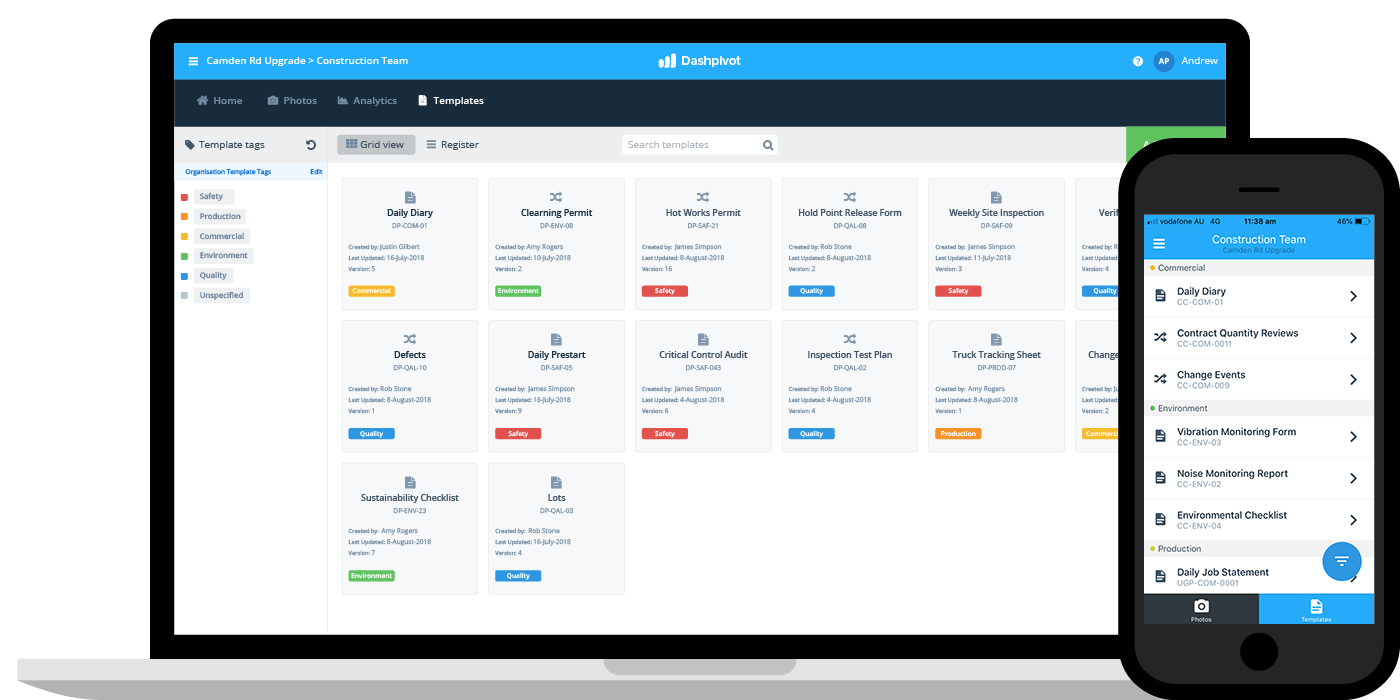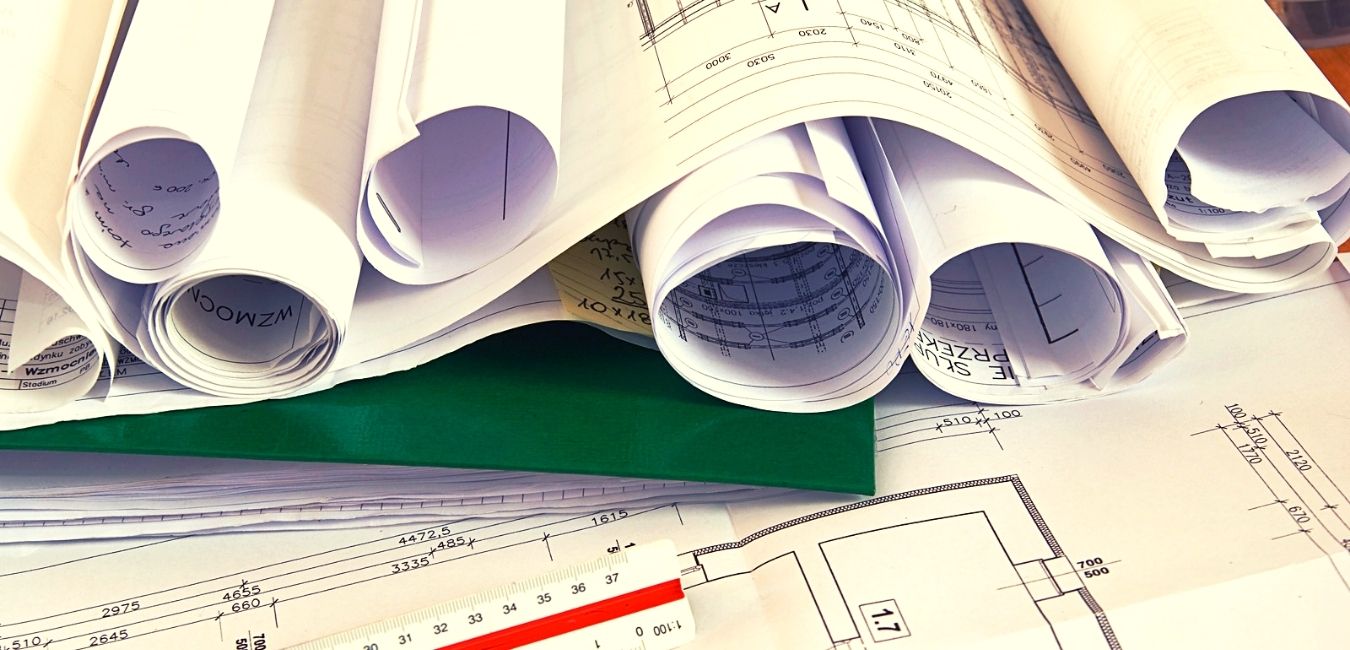Grasping Company: Enhance Efficiency with Construction Document Management
Grasping Company: Enhance Efficiency with Construction Document Management
Blog Article
Optimizing Job Collaboration: Engineer's Finest Practices in Building File Administration
In the complex world of building jobs, the reliable management of building papers stands as a cornerstone for success. Amidst this intricacy exists a vital question: how can designers enhance cooperation processes to improve project results?
Leveraging Cloud-Based Systems
Leveraging cloud-based systems is a basic approach for modern architects in optimizing building record administration procedures. By transitioning from traditional paper-based systems to cloud remedies, engineers can simplify partnership, enhance paper accessibility, and boost general project efficiency. Cloud-based systems supply architects the ability to store, share, and update construction records in real-time, guaranteeing that all group members have access to the most current information no matter their area. This accessibility advertises seamless interaction and sychronisation amongst project stakeholders, bring about less errors and delays in the building process.
Moreover, cloud-based platforms offer a safe and secure environment for saving sensitive project information, providing encryption, normal backups, and user consent setups to shield data stability. Architects can likewise profit from the scalability of cloud solutions, enabling them to readjust storage space capacity and performance based on job demands. In general, leveraging cloud-based systems encourages engineers to enhance their building document administration procedures, driving better collaboration, efficiency, and success in their jobs.
Applying Variation Control Solution
Having actually developed the advantages of cloud-based systems in construction file administration, engineers can now enhance their record control processes by carrying out Variation Control Equipment. Variation Control Equipment (VCS) are important tools that track adjustments in files, guaranteeing that team members are always collaborating with the most recent and most precise info. By carrying out VCS, engineers can maintain a centralized database where all task records are saved, making it possible for smooth partnership while decreasing the risk of errors and version conflicts.
One key advantage of Version Control Solution is the capability to track the complete background of paper modifications, enabling individuals to go back to previous versions if needed (construction document management). This attribute is specifically beneficial in building and construction jobs where style versions and modifications prevail. VCS helps with better interaction amongst group participants by offering a clear audit route of that made specific adjustments and when they were made. This transparency not just enhances accountability but likewise helps in resolving disagreements or inconsistencies that may develop during the job lifecycle.
Developing Communication Procedures
To guarantee effective and efficient project coordination, architects need to establish clear and robust communication procedures within their building document management processes. This platform can be a task administration software application, email threads, or cloud-based storage space remedies.
Moreover, interaction methods need to likewise include guidelines on just how to take care of disputes, change orders, and urgent concerns that might occur during the project lifecycle. Developing an organized technique to interaction guarantees that all stakeholders get on the same page, promotes openness, and eventually adds to the successful completion of the building project.
Utilizing BIM Software for Coordination
BIM software program plays an essential role in boosting sychronisation amongst job team members in the building and construction market. Building Info Modeling (BIM) facilitates partnership by providing a central platform where designers, designers, specialists, official source and other stakeholders can collaborate in a collaborated manner. Via BIM software, task participants can access and upgrade a shared design which contains thorough information regarding the building style, building and construction components, and task schedules.

In addition, BIM software application enables real-time cooperation and interaction among group participants, despite their physical location. With cloud-based BIM systems, job stakeholders can access the most up to date project details, track changes, and make educated decisions promptly. On the whole, leveraging BIM software application for control improves project effectiveness, look at here now efficiency, and ultimately brings about successful task end results.
Ensuring Data Security and Conformity
In the realm of construction file administration, protecting data stability and making sure regulative compliance are vital considerations for architects and other project stakeholders. Engineers have to carry out robust safety procedures to safeguard sensitive project details from unapproved gain access to or breaches.

Conclusion
Finally, architects can enhance project collaboration in building document administration by leveraging cloud-based systems, implementing variation control systems, developing interaction protocols, using BIM software program for coordination, and making sure data security and compliance. These ideal methods help improve the building and construction procedure, improve interaction amongst task stakeholders, and enhance effectiveness in job distribution. By adhering to these guidelines, architects can successfully take care of construction documents and assist in effective task end results.
Through BIM software, project participants can access and update a common design that has comprehensive info check that regarding the structure style, construction elements, and job routines.
With cloud-based BIM platforms, job stakeholders can access the most current job info, track modifications, and make notified decisions immediately - construction document management. Generally, leveraging BIM software program for sychronisation improves project effectiveness, productivity, and ultimately leads to effective task results
In final thought, designers can optimize project cooperation in building and construction file administration by leveraging cloud-based platforms, implementing version control systems, developing interaction procedures, utilizing BIM software for coordination, and making certain data protection and compliance. These best practices aid simplify the building and construction process, improve interaction amongst project stakeholders, and enhance effectiveness in project delivery.
Report this page